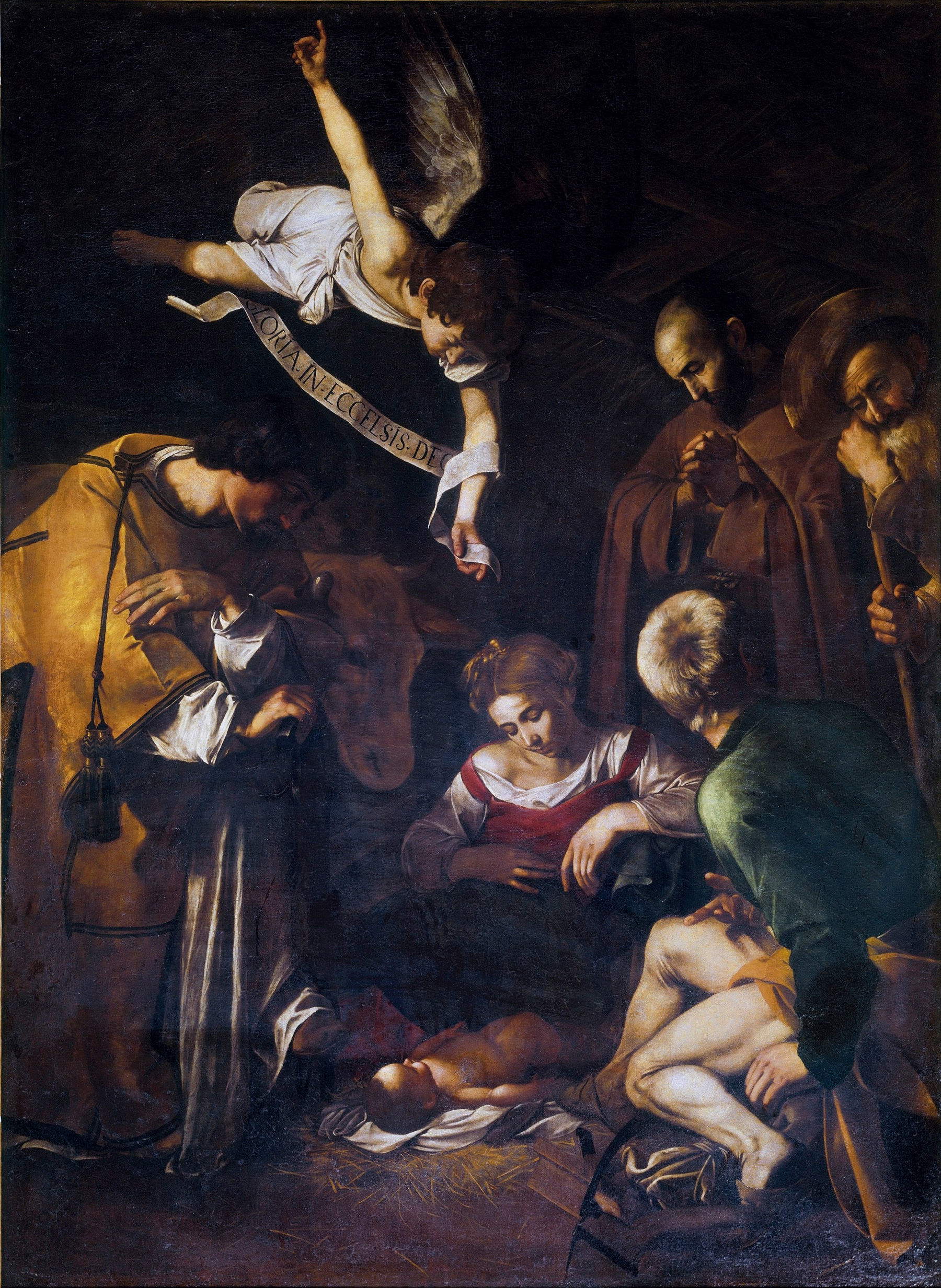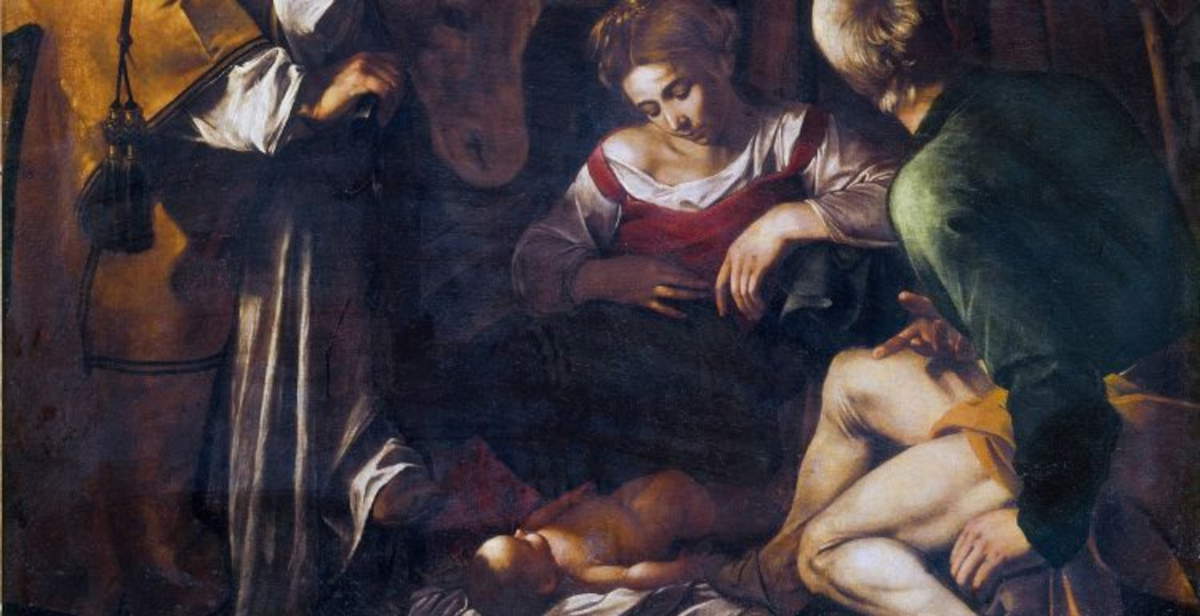A few days after the closing of the Caravaggio 2025 exhibition set up at Palazzo Barberini, Rome, the capital is once again wondering about one of the mysteries of Italian art history: the theft of the Nativity with Saints Lawrence and Francis, painted by Michelangelo Merisi known as Caravaggio in 1600 and stolen on the night of Oct. 17-18, 1969, from theOratory of San Lorenzo in Palermo. A work whose absence continues to weigh not only on the national cultural heritage, but also on the collective imagination, still marked by the numerous more or less reliable leads, theories and revelations that have accompanied the painting’s fate over the years.
On Wednesday, July 23, as part of the summer event Along the Tiber Rome, the book Caravaggio, the Nativity in Palermo. Birth and Disappearance of a Masterpiece (Campisano Editore) will be the focus of a public meeting in the Salotto Tevere, at 9 p.m. at Ponte Cestio. Author Michele Cuppone will dialogue with journalist and writer Stella Fanelli. Admission is free.
The work, part of the FBI’s so-called Top Ten Art Crimes, the list of the ten most egregious art crimes ever recorded worldwide, has been at the center of a maze of investigative hypotheses, urban legends, half-truths and judicial revelations for more than 50 years. According to some leads, the painting was allegedly used as an object of negotiation between the state and the Mafia, or as a banner during Cosa Nostra summits.

A major contribution to the reconstruction of the affair came in 2018, with the revelations of the Antimafia Parliamentary Commission, which identified a Swiss antiquarian, now deceased, as the first buyer of the work after the theft. The sale was allegedly handled by boss Gaetano Badalamenti, a prominent name in organized crime. Although no conclusive evidence has emerged, the indication has revived interest in the case, breathing new life into research and hypotheses. Michele Cuppone’s volume stands out for its rigorous approach and attention to both historical-artistic and judicial aspects. Among the new features introduced, the author clarifies with greater precision the genesis of the Nativity, identifying Palazzo Madama, then the painter’s residence, as the place where Caravaggio created the painting in 1600. The work, commissioned by the Franciscan Order, is part of the period of greatest expressive maturity of the artist, who was active in the capital at that time.
In addition to art-historical considerations, Cuppone’s book offers hitherto undiscovered documentary elements, such as a 1974 letter that mentions the presence of unidentified fences, suggesting the existence of a wider network of complicity and intermediation. The author has also consulted an extensive press review from 1969, which makes it possible to follow step by step the impact of the theft in the Italian news of the time, restoring the climate of dismay and confusion that accompanied the first weeks of the investigation. In the publishing landscape dedicated to Caravaggio, Cuppone’s is an important contribution, capable of flanking the scientific literature with a reconstruction supported by acts and sources, and at the same time accessible to a wider audience.
The event Along the Tiber Rome, which for years has enlivened the Capitoline summer with cultural events, concerts and meetings, this year also offers a space for reflection on one of the most emblematic cold cases of Italian art. The case of Caravaggio’s Nativity, more than half a century after its theft, remains open, and initiatives such as this one help keep attention on the work and its possible fate alive.
 |
| From theft to chronicle: book on Caravaggio's missing Nativity in Rome |
Warning: the translation into English of the original Italian article was created using automatic tools. We undertake to review all articles, but we do not guarantee the total absence of inaccuracies in the translation due to the program. You can find the original by clicking on the ITA button. If you find any mistake,please contact us.